Uncover your competitors’ SEO secrets! Learn step-by-step how to analyze their backlinks to find new opportunities and boost your own rankings.
Disclosure: This post may contain affiliate links. This means that if you click on a link and make a purchase, I may earn a small commission at no extra cost to you. I only recommend products and services I truly believe will add value to you.
Competitor Backlink Teardowns: How to Learn What Works (and Use It Ethically)
Chasing success in affiliate marketing often comes down to picking up on what works—and what’s working for your competitors. One of the best ways I’ve found to get real insight into a competitor’s strategy is by analyzing their backlinks. Backlinks aren’t just digital pats on the back; they’re clues pointing to what kinds of partnerships, content, and outreach are bringing results in your niche. I’m going to walk you through how to break down competitor backlinks step by step, so you can use those lessons to improve your own affiliate marketing site.

Why Competitor Backlink Analysis Matters in Affiliate Marketing
Backlinks help boost your site’s authority in the eyes of search engines, but that’s only part of the story. In affiliate marketing, solid backlinks often mean more visibility, more traffic, and a bigger chance of making those coveted sales. Checking out who’s linking to your competitors (and how) helps you spot promotional channels, find big name link opportunities, and get smart about your own outreach.
Over the years, I’ve seen that top ranking affiliate pages rarely end up at the top by accident; their backlink profiles tell a story of strategic partnerships, persistent outreach, and optimized content. A step by step look at those profiles can inspire your own link building plans and highlight gaps you can fill. Let’s get into how you can make this happen for your site.
Getting Ready: What You Need Before You Start
Jumping into competitor backlink analysis doesn’t require a bunch of fancy tools, but having a reliable backlink checker really helps. Here’s my quick prep list:
- Choose reliable tools: Moz, Ahrefs, or SEMrush are some userfriendly choices, and free options like Ubersuggest work well for beginners too.
- Make a competitor list: Identify three to five leading affiliate sites in your niche. If you’re unsure, a simple Google search for your target keywords will give you a good starting point.
- Set your goals: Are you after higher authority backlinks? Interested in content collaboration? Know what insights you want to pull from the analysis to stay focused.
The Step By Step Guide to Analyzing Competitor Backlinks
Now comes the fun part: breaking those competitor backlinks down to see where you can jump in or do things better. Here’s how I break it up:
1. Grab the Backlink Data
Plug your competitor’s website into your backlink checker and export the list for a closer look. I usually download it as a spreadsheet to make scanning, filtering, and sorting easier.
- Check the basics: Look at the referring domain, the exact URL, anchor text, and which page gets the link.
- Source type: Is the link coming from a blog post, resource list, review, forum, or directory?
2. Sort Links by Authority and Relevance
I find it handy to sort all external backlinks by domain authority, trust flow, or similar metrics. High authority links are nice, but they’re even better when they’re spot on for your affiliate niche.
Questions I always ask:
- Does this linking site target a similar audience?
- Would this site bring potential buyers, or is it just a random directory?
3. Dig Into Anchor Text
Anchor text can tell you a lot about how competitors pitch their affiliate links. Look over the words used to link back to their pages. Are they branded? Keyword rich? Natural sounding?
Overoptimized anchor text can sometimes be risky, so seeing a mix of branded and generic anchors often shows a balanced and smart backlink profile.
4. Spot Patterns and Recurring Link Sources
If you notice the same blogs, forums, or business directories coming up in multiple competitor profiles, it’s worth a closer look. These are sources likely open to collaboration or guest posts. I keep a running list of these as my first targets for outreach.
Sometimes you’ll spot niche industry round-ups, product review sites, or resource pages that are goldmines for affiliate marketers. Plenty of these spots are on the lookout for strong content or expert insights, and getting featured could lead to nice exposure and traffic.
5. Check for Content Gaps and Broken Link Opportunities
Some of my best backlinks have come from filling gaps or pointing out broken links. If your competitor has a link from a resource that is now outdated or broken, reach out and pitch your own resource or article as an up to date replacement. It’s a friendly, helpful way to earn relevant links. Don’t forget to check for missing topics, too; by offering something new or better, you naturally increase your odds of getting a link.
What to Watch For: Common Challenges in Backlink Analysis
Backlink analysis is super helpful, but it comes with a few things to keep an eye out for:
- Spammy links: If you see a lot of strange foreign domains or low quality, unrelated sites, those usually won’t bring real value. Sometimes competitors try risky tactics; you don’t need to follow their lead.
- Nofollow vs. dofollow: Not every link passes SEO value. Dofollow links help boost authority, while nofollow links can still be solid for traffic and visibility. Both deserve a spot in your outreach mix.
- Rapid link spikes: If you spot competitors scoring a bunch of links in a short time, it could be from a viral campaign, product launch, or, sometimes, less than ethical strategies. Focus on steady, organic growth for your own site and build trust with every link.
Using Competitor Backlink Data for Affiliate Marketing Outreach
Once you know where your competitors get their links, it’s time to put those insights to work. Here’s how I do it in practice:
- Build your outreach list: Aim for sites, blogs, or resource pages that have already linked to offers like yours. They’re more likely to be open to working with you if they’ve shown interest in your topic already.
- Pitch value first: When reaching out to site owners or editors, I pitch a unique resource, a guest post idea, or a review that’s a good fit for their readers. Personalization matters and can make your pitch stand out.
- Adapt content based on successful link types: If competitor links mostly come from in depth reviews or comparison lists, I’ll aim to build better versions of those. Check for poorly covered topics you can go in depth on or improve.
Real Life Example: Learning from a Competitor’s Backlink Profile
I once worked in the tech accessories affiliate niche. My competitor ranked high for “best Bluetooth headphones” thanks to thoughtful reviews and a bunch of backlinks from audio and tech blogs. By tracking down exactly which blogs linked to their reviews, I got in touch with those same blogs, offering my own updated headphone guide. This earned me multiple quality backlinks and bumped my guide to page one—commissions jumped the next month. Sometimes, the difference between page three and page one is just a handful of well placed links. With careful analysis, the playbook is right in front of you.
Frequently Asked Questions
Figuring out competitor backlink analysis brings up a lot of questions, especially for affiliate marketers just starting out. Here are some common questions I get regularly:
Question: How often should I check competitor backlinks?
Answer: Every month or two is great for staying sharp, but even a quarterly review keeps you from missing out on big moves in your niche.
Question: Are paid backlink tools worth the investment?
Answer: For casual analysis, free tools are fine, but paid tools give you bigger, super detailed data and stronger export features. They’re especially useful if you’re serious about scaling up your affiliate sites and digging into deep strategies.
Question: Should I copy all competitor backlinks?
Answer: Not every link is worth following. Go after links that are relevant, valuable, and earned through honest outreach. In affiliate marketing, quality always leaves quantity in the dust.
Advanced Strategies for Supercharging Affiliate SEO
Once you’re comfortable with basic backlink analysis, several advanced moves can really take your results up a notch:
- Set up alerts for new competitor backlinks: Tools like Ahrefs or Google Alerts let you know when competitors get new links, so you can jump on fresh opportunities as they appear.
- Cross reference with keyword rankings: See which backlinks might have made specific pages climb up the search results. This lets you connect your link building plan directly to the keywords and affiliate products you want to win with.
- Look beyond direct competitors: Sometimes indirect competitors or similar niches have link spots nobody else is reaching for. Check out tangential topics and widen your lens; it’ll surface new link chances others overlook.
Another approach is to look for podcast guesting slots, round-ups, or expert interviews; these can ace both brand exposure and backlink value. Keep adding new tactics to your bag of tricks as you become more seasoned.
Making Competitor Backlink Analysis a Core Part of Your Affiliate Routine
Regular backlink analysis gives you a behind the scenes look at what top affiliate marketers are doing right in your industry. You don’t have to reinvent the wheel. Build a better one using your competitors’ wins as inspiration.
By keeping up with competitor link profiles, switching up your own outreach, and focusing on building relationships with site owners in your niche, you’ll assemble a backlink profile that delivers real, lasting results. Ready to get started? Open up your backlink checker, start pulling the data, and get involved in the process—you never know what smart ideas you’ll stumble upon just a few clicks away.
Read more:
How To Create Linkable Assets That Naturally Attract Backlinks
Using Social Media To Boost Your Backlink Profile Effectively
Analyzing Competitor Backlinks: A Step-by-Step Approach
The Difference Between DoFollow And NoFollow Links And Why It Matters
How To Use Broken Link Building To Gain High-Quality Backlinks
Top 10 Backlink Strategies Every SEO Expert Should Know
The Role Of Backlinks In Google’s Algorithm: What You Need To Know
Guest Posting Tips For Effective Backlink Acquisition
How To Avoid Common Backlink Mistakes That Hurt Your Rankings
The Ultimate Guide To Building Quality Backlinks

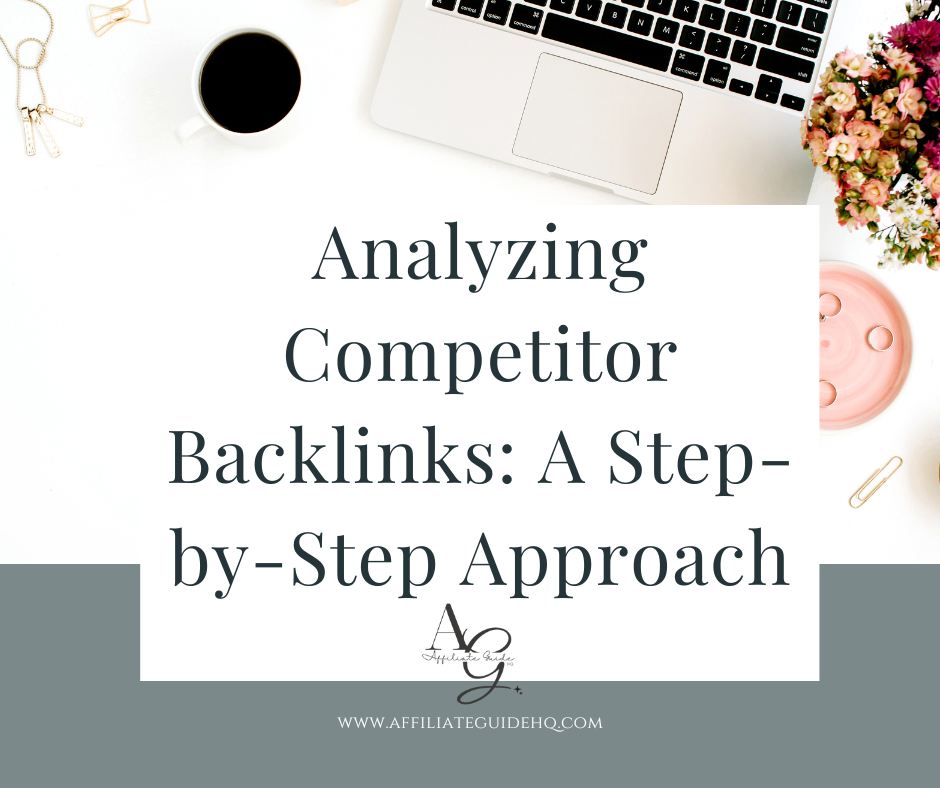

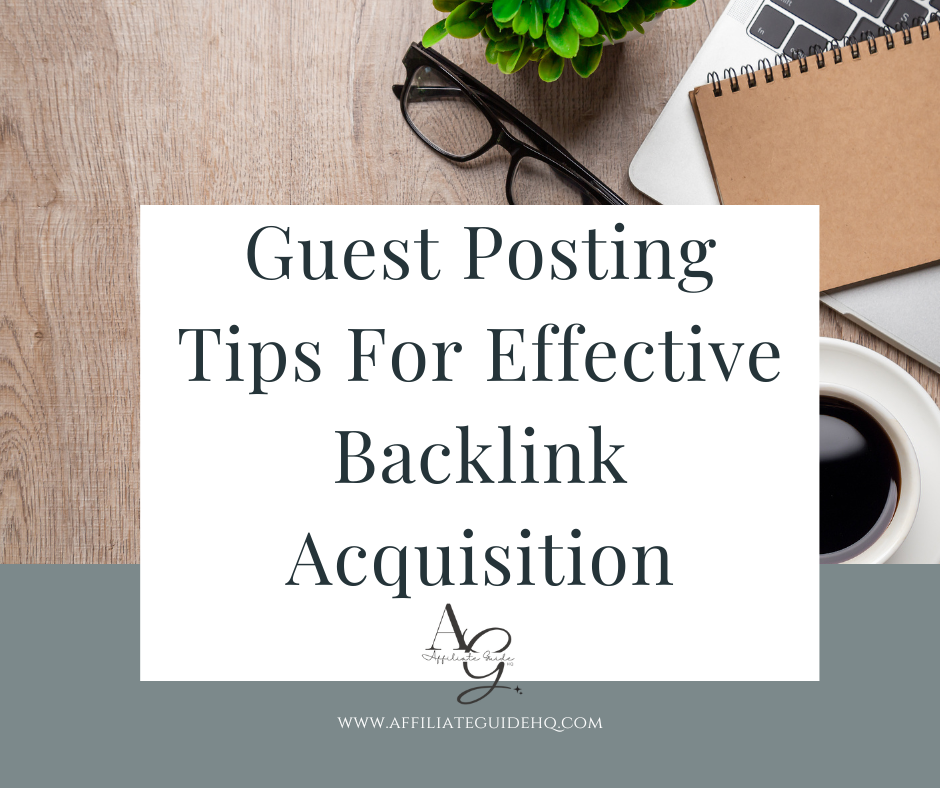

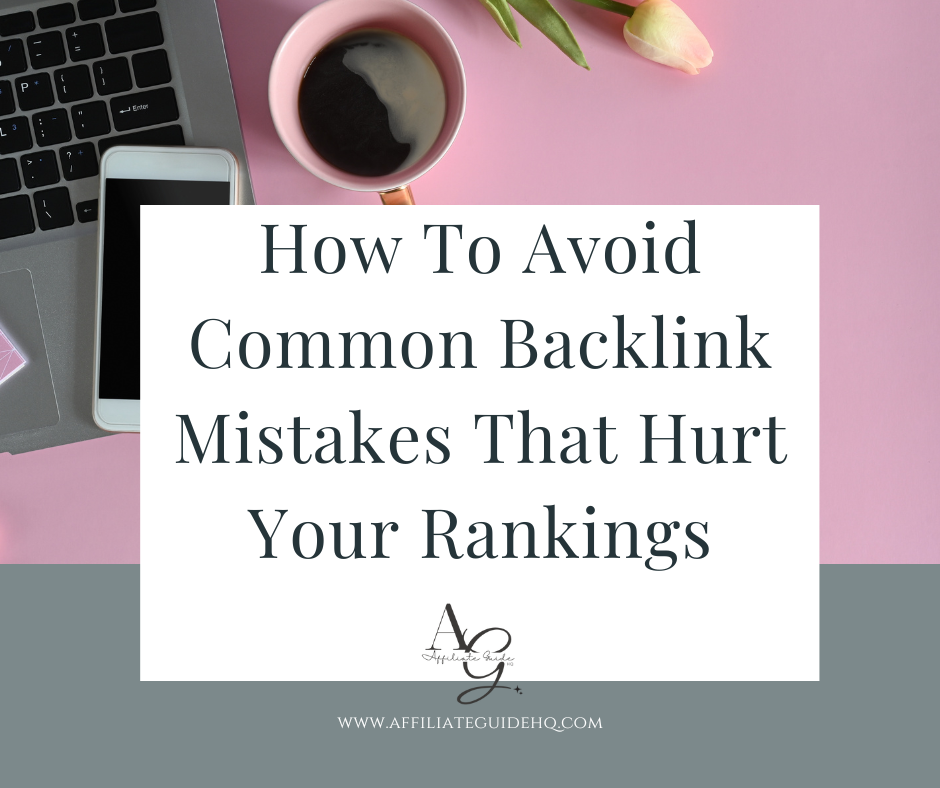

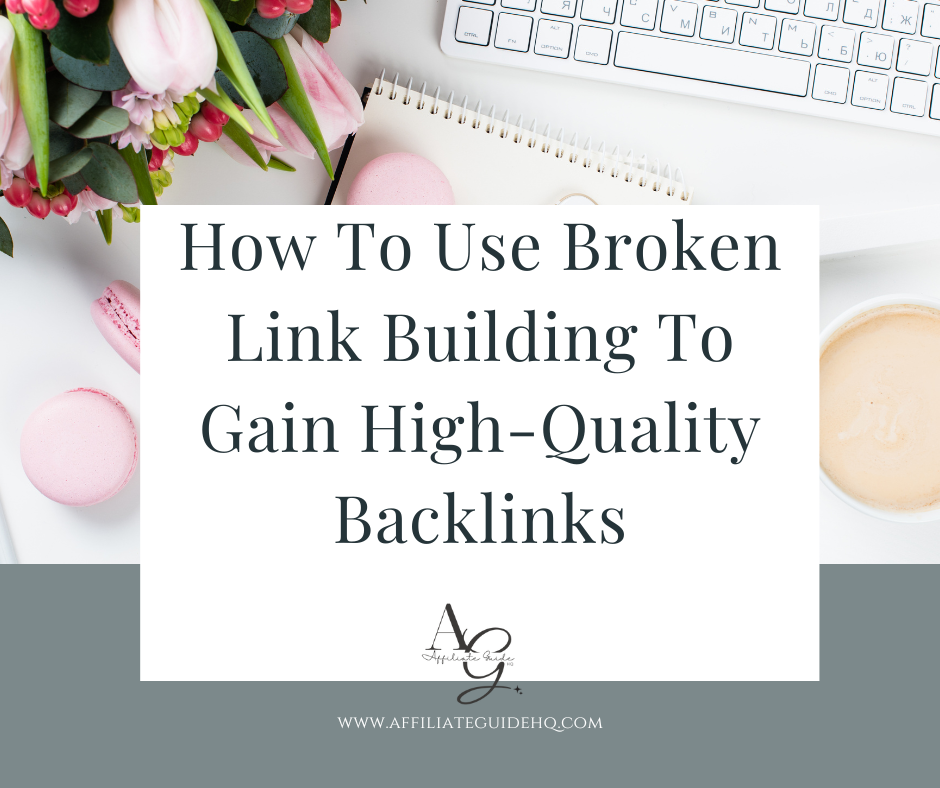


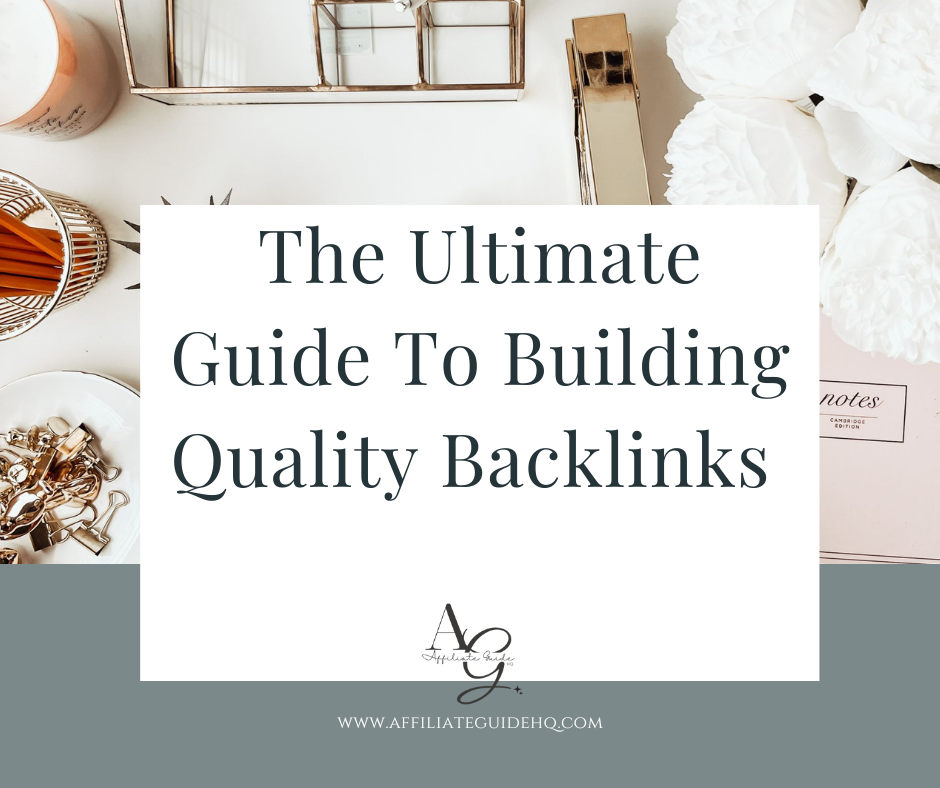



Leave a Reply